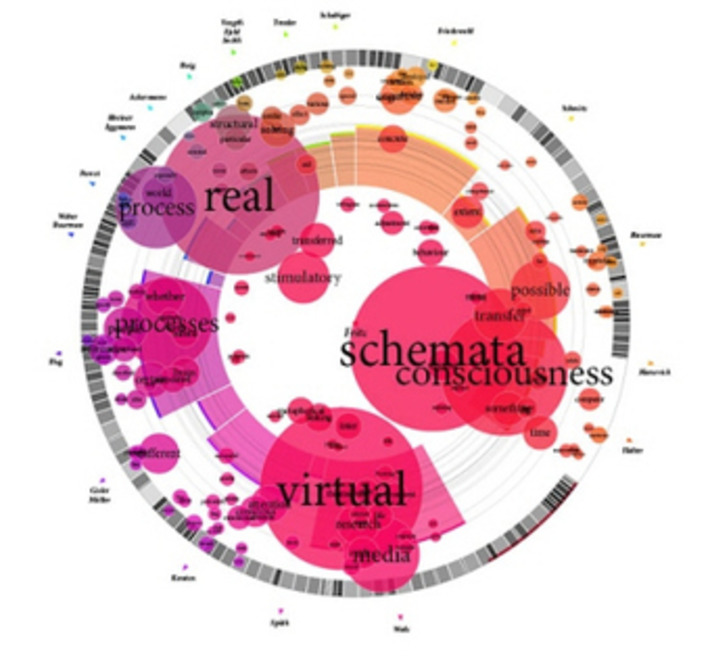When I ran for Mayor as a performance project back in 2005, part of my platform (as founder and sole member of The Blog Party) was free, citywide, public wifi and in-home broadband Internet as a public utility like water, gas, etc. Neither of those things has happened yet. But I also promised more transparency, accountability and access by increasing mayoral use of the Internet as a communications platform, open data sharing including budget numbers and insight into the workings of government. To give credit where credit is due, between 311, the highly functional and easy-to-use NYC.gov, the NYC Open Data site, My Money NYC and Chief Digital Officer Rachel Sterne Haot‘s twitter feed, Michael Bloomberg has done a hell of a job as the city’s first 21st Century Mayor.
In my previous essay I floated a few “blue sky” scenarios that, in this light, may not be as crazy as they sound, to wit:
Rebooting Representation: Imagine a representative democracy that uses big data to create alternate voter sets independent of place? A system that moves beyond the two party binary into either radical individual representation or alternate aggregation structures? Could this include a more complex but transparent system that balances place-based resource allocation and distribution systems with other criteria? What would digital demography and representative democracy actually look like? http://senseable.mit.edu/csa/
Rebooting Education: Imagine a federally funded and strategically developed K-12 MOOC that centralizes core curriculum but decentralizes place-based education. The MOOC offers a curriculum developed through strategic analysis of knowledge and skills required for maximum jobs and growth nationally. The curriculum is predicated on national standards and taught locally by nationally accredited teachers. Additional coursework, tailored to regional variance and cultural settings, can be implemented on the local level. This curriculum can be provided to home schoolers, self-aggregated small schools that would either hire an accredited teacher or become accredited themselves. Subsidy then becomes available for these smaller, independent classrooms and bricks and mortar schoolhouses become an option, not a necessity. Government scales back its involvement in the expensive business of maintaining bricks and mortar facilities and top-heavy, bloated administrative structures while guaranteeing access to education to all and insuring at least a minimum level of preparedness for students in the 21st Century.
Via Chuck Sherwood, Former Senior Associate, TeleDimensions, Inc



 Your new post is loading...
Your new post is loading...












Interesting if a bit long and off-topic for this scoop.it log, the article presents a number of transformations, some underway others only possibilities, that I find interesting. Moreover, this covers industries and subject areas that I do not usually cover.